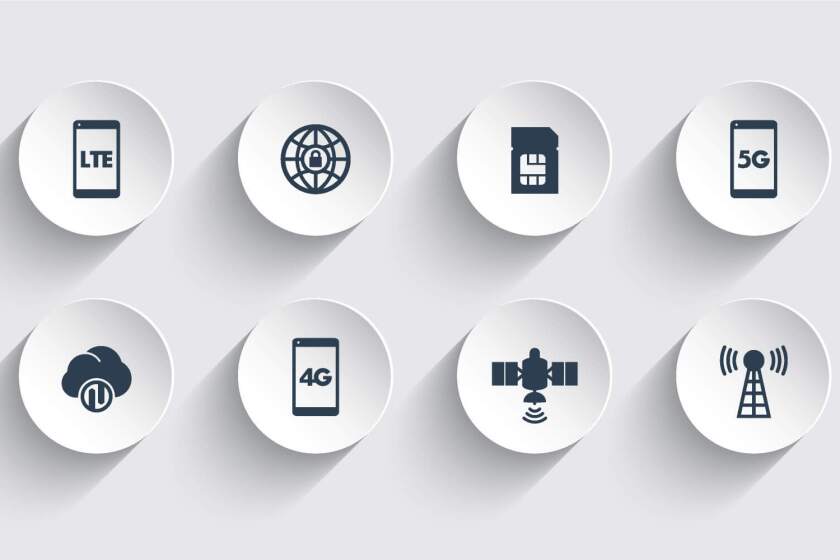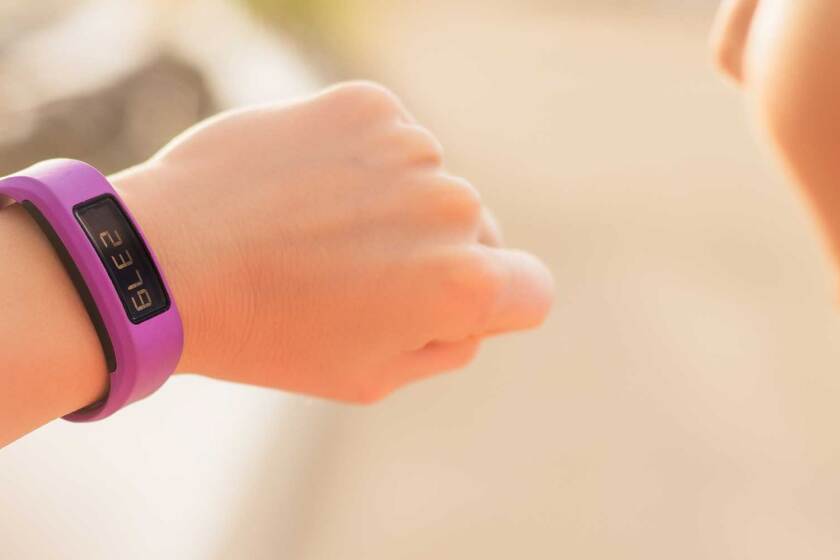Vodafone Group and Huawei have today announced they have combined to complete lab tests which indicate that traditional IP microwave links will be considered a viable technology for 5G backhaul.
5G will play a critical role in meeting the bandwidth requirements of mobile customers from 2020 onwards. The ubiquity of smartphones, particularly in developed markets, continues to exponentially increase mobile data consumption.
As the load on networks rises, backhaul (the connection of the base station to the core network) must keep pace. 5G networks will present new backhaul capacity, peak data rate and latency requirements and the ability of IP microwave in traditional bands to support the new network technology is a positive development.
The trial tested both the capacity and latency that could be achieved using a traditional IP microwave link.
For Eva Rossi,Vodafone Group's Head of Transport Product, it is an exciting development.
"The tests showed that it is possible to deliver up to 2.7 Gigabits per second (Gbps) capacity from a single IP microwave link, aggregating 2x112 MHz channels in a single vertical or horizontal polarisation*. It is the first time that a single radio frequency (RF) outdoor unit has been capable of reaching over 2 Gbps in a single polarisation.
"Enhancements made by Huawei engineers to the modem and RF unit enabled the testing team to achieve latency of as little as 50 microseconds," Eva said.
Further testing is planned.
"We plan to next test whether it is possible to achieve 4 Gbps total capacity in one box with the support of dual polarisation. A single RF outdoor unit with dual polarisation can respond to both horizontal and vertical radio waves simultaneously, increasing the traffic handling capacity of the system, dramatically reducing the power consumption and halving the amount of space needed to house units providing that capacity," Eva added.
The techniques mean that traditional microwave should be able to support high capacity microwave links already commercially deployed, such as E-band and Multi-Band (a combination of IP microwave and E-band technologies), in providing 5G backhaul.
Vodafone and Huawei will also continue to innovate in microwave technology with the target to further improve the distance that Multi-Band and E-band links can transmit.
"These tests demonstrate the feasibility of utilising microwave technology, as well as fibre, for effective 5G backhaul. As such, the results of this test are extremely positive for Vodafone as we prepare for the launch of commercial 5G services in the years ahead," Eva said.
*The electronic field of the radiowave can be vertically or horizontally orientated.




